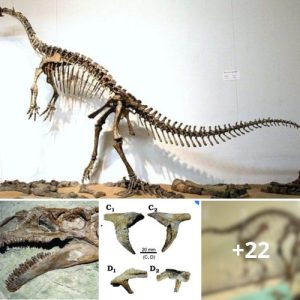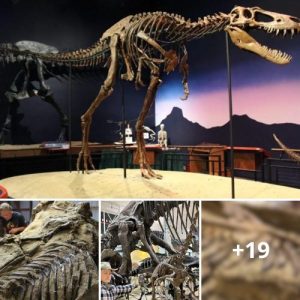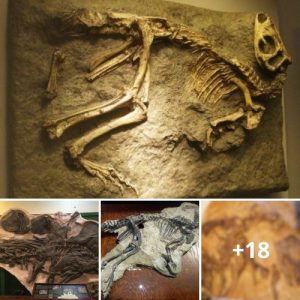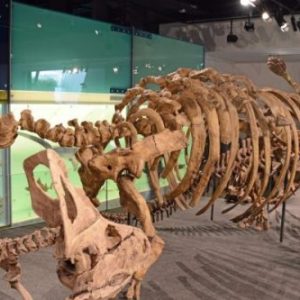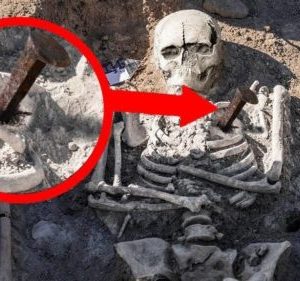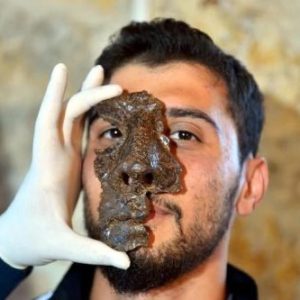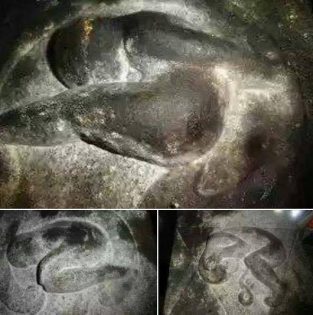
Nestled in the heart of Tamil Nadu, India, the Varamurthieswarar Temple stands as a testament to the rich cultural and artistic heritage of the region. This ancient temple, dating back over 6,000 years, is not only a place of worship but also a treasure trove of historical and scientific marvels. Among the many wonders that adorn its walls, perhaps one of the most astonishing is the intricate depiction of the process of conception and birth. In an era long before the advent of modern medical technology, this temple remarkably illustrated the journey of life, from the moment of fertilization to the growth of a new being within a woman’s womb.
Understanding the Historical Significance
The Varamurthieswarar Temple, situated in the town of Uthiramerur, is renowned for its exquisite Dravidian architecture and its role as a religious and cultural hub. However, it is the stone carvings on its walls that have captured the imagination of historians, archaeologists, and scientists worldwide.
The temple’s carvings depict various aspects of life, including scenes from mythology, daily life, and the natural world. What truly sets it apart is the section that portrays the process of conception and fetal development. Remarkably, this ancient artwork predates our understanding of cellular biology, the use of microscopes, and ultrasound technology by millennia.
The Astonishing Depiction of Conception
At the heart of this awe-inspiring artwork is the portrayal of fertilization, a process that remained a profound mystery to humanity until the advent of modern science. The artists of the Varamurthieswarar Temple depicted this intricate event with astonishing accuracy.
The carving illustrates two cells, one representing the male sperm and the other the female egg, meeting and merging. This depiction predates our knowledge of the sperm-egg interaction by thousands of years, leaving us to wonder how the ancient artisans achieved such insight without the aid of advanced scientific tools.
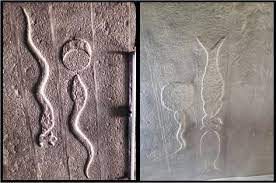
The artists further detail the stages of embryonic development, showing the growth of the fetus within the mother’s womb. The precision and attention to detail in these carvings are nothing short of remarkable. The question that arises is: How did the creators of this artwork gain such an understanding of a process that remained a mystery to the world for millennia?
Possible Explanations
Observation of Nature: It is possible that the artists observed nature keenly and inferred the process of fertilization from animal mating behaviors. While humans may not have understood these processes fully, they could have drawn analogies from the animal kingdom.
Divine Inspiration: Given the spiritual significance of the temple, some believe that divine inspiration guided the artists’ hands. They may have believed that their work was a sacred representation of the creation of life.
Lost Knowledge: There is also the intriguing possibility that ancient civilizations possessed knowledge and techniques that are now lost to us. This knowledge might have been passed down through generations and then incorporated into the temple’s artwork.
The Legacy and Importance
The Varamurthieswarar Temple’s depiction of conception and fetal development is not only a testament to the artistic skills of its creators but also a reminder of the depth of knowledge that ancient civilizations held. It challenges our preconceived notions about the capabilities of our ancestors and encourages us to explore the mysteries of our past.
Moreover, these stone carvings highlight the enduring connection between science, art, and spirituality. They serve as a bridge between ancient wisdom and modern understanding, inspiring us to seek answers to questions that have puzzled humanity for centuries.
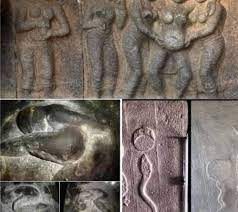
The Varamurthieswarar Temple in Tamil Nadu, India, stands as a remarkable testament to the ingenuity and wisdom of ancient civilizations. The intricate depiction of conception and fetal development on its walls is a testament to the enduring mystery and beauty of life. It invites us to ponder the origins of this knowledge, be it through keen observation of nature, divine inspiration, or lost wisdom. Regardless of the source, the temple’s artwork is a beacon that illuminates the connections between art, science, and spirituality, reminding us of the deep and timeless questions that have fascinated humanity throughout history.

